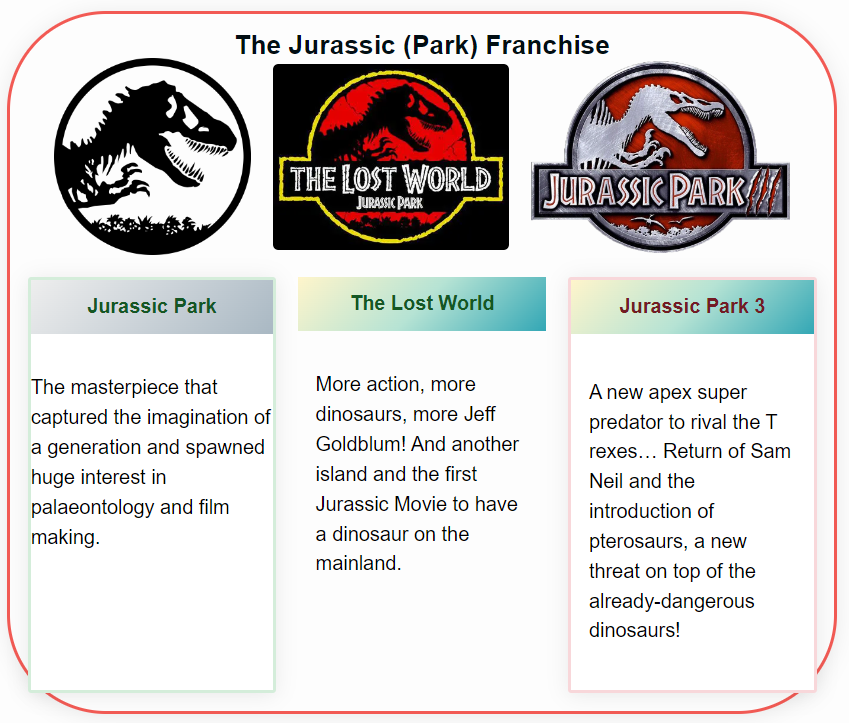The majestic Camarasaurus, a graceful giant that once roamed the Jurassic landscapes. A sauropod with the same body plan of the likes of Apatasaurus, Brachiosaurus, etc.
Camarasaurus Overview
Classification:
- Order: Saurischia
- Suborder: Sauropodomorpha
- Family: Camarasauridae
- Genus: Camarasaurus
Key Characteristics:
- Length: Impressive lengths of up to 75 feet
- Weight: Estimates suggest around 20-30 tons
- Diet: Herbivorous, predominantly consuming plants
- Period: Late Jurassic (approx. 155 to 145 million years ago)
Distinct Features:
Camarasaurus, characterized by its elongated neck and tail, belongs to the sauropod group, reflecting its colossal size and herbivorous diet.
Explore more in the table below:
| Group | Relatives | Size | Diet |
|---|---|---|---|
| Sauropodomorpha | Apatosaurus, Brachiosaurus | Up to 75 feet | Herbivorous |
Camarasaurus’ Grand Presence
Camarasaurus’ name, meaning “chambered lizard,” stems from the hollow chambers in its vertebrae, a distinctive feature that contributed to its relatively lighter weight compared to other giant sauropods.
Fossil Discoveries and Significance
Numerous Camarasaurus fossils have been unearthed, shedding light on the dinosaur’s anatomy, behavior, and the ecosystems it once inhabited. These findings have played a crucial role in shaping our understanding of Jurassic biodiversity.
What other Dinosaurs Lived with Camarasaurus
Camarasaurus, a colossal herbivorous dinosaur, coexisted with a diverse array of prehistoric creatures during the Late Jurassic period. The Morrison Formation, a geological formation in North America, particularly in regions such as Colorado, Wyoming, Utah, and New Mexico, has provided valuable insights into the Jurassic ecosystems that Camarasaurus inhabited. Here are some notable dinosaurs that shared the landscape with Camarasaurus:
- Allosaurus:
- Type: Theropod
- Description: A large, carnivorous dinosaur, Allosaurus was one of the apex predators of the Late Jurassic. With its formidable jaws and sharp teeth, it likely posed a threat to herbivores like Camarasaurus.
- Stegosaurus:
- Type: Thyreophoran
- Description: Recognizable for its distinctive double row of large bony plates along its back and spikes on its tail, Stegosaurus was a herbivorous dinosaur that may have coexisted with Camarasaurus, though their interactions are speculative.
- Brachiosaurus:
- Type: Sauropod
- Description: Another giant among the sauropods, Brachiosaurus had a unique body structure with longer front limbs, allowing it to reach vegetation at greater heights. It shared the Late Jurassic landscape with Camarasaurus, contributing to the diverse herbivorous community.
- Diplodocus:
- Type: Sauropod
- Description: Known for its long, whip-like tail and elongated neck, Diplodocus was a fellow sauropod that lived alongside Camarasaurus. These massive herbivores likely influenced the vegetation and landscape of their shared habitat.
- Ceratosaurus:
- Type: Theropod
- Description: A carnivorous dinosaur with distinctive horns on its snout, Ceratosaurus was part of the Late Jurassic ecosystem. While smaller than some other theropods, it may have been a potential predator for Camarasaurus juveniles.
- Camptosaurus:
- Type: Ornithopod
- Description: Camptosaurus was a medium-sized herbivorous dinosaur, characterized by its beak-like mouth. It likely shared habitats with Camarasaurus and contributed to the diverse herbivorous community in the Morrison Formation.
These dinosaurs, along with various other species, created a dynamic and complex ecosystem in which Camarasaurus thrived. The interactions between these herbivores and their potential predators played a crucial role in shaping the Jurassic landscapes. The fossil record continues to provide valuable information about the coexistence and interactions of these fascinating creatures from the past.
Frequently Asked Questions
Q1: How did Camarasaurus defend itself?
A: Camarasaurus likely relied on its massive size and herding behavior as a defense mechanism against predators. The sheer size of adults could deter many potential threats.
Q2: Were Camarasaurus’ hollow vertebrae unique among sauropods?
A: While not entirely unique, the hollow vertebrae of Camarasaurus were notable, contributing to its distinctive features. Other sauropods, such as Brachiosaurus, also exhibited similar adaptations.
Q3: What was the purpose of Camarasaurus’ long neck?
A: The elongated neck of Camarasaurus enabled it to reach vegetation at varying heights, providing access to a diverse range of plant resources.
References
- Foster, J. (2007). Camarasaurus from the Morrison Formation of North America. Indiana University Press.
- Gillette, D. D. (1991). Seismosaurus halli, gen. et sp. nov., a new sauropod dinosaur from the Morrison Formation (Upper Jurassic/Lower Cretaceous) of New Mexico, USA. Journal of Vertebrate Paleontology, 11(4), 417-433.
Stay tuned for more captivating explorations into the incredible world of dinosaurs on DinosaursEverywhere.com!

